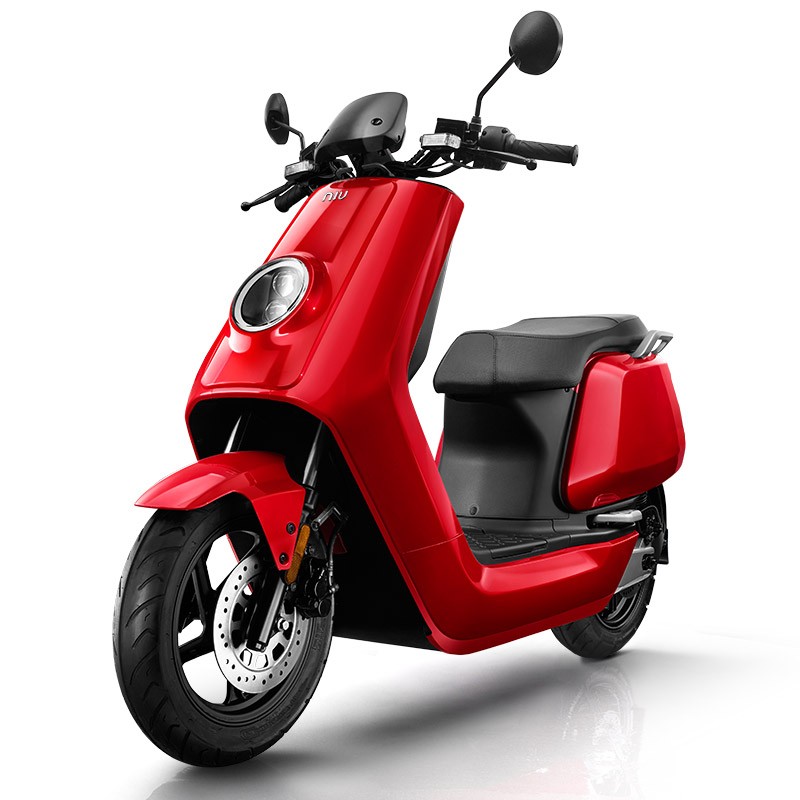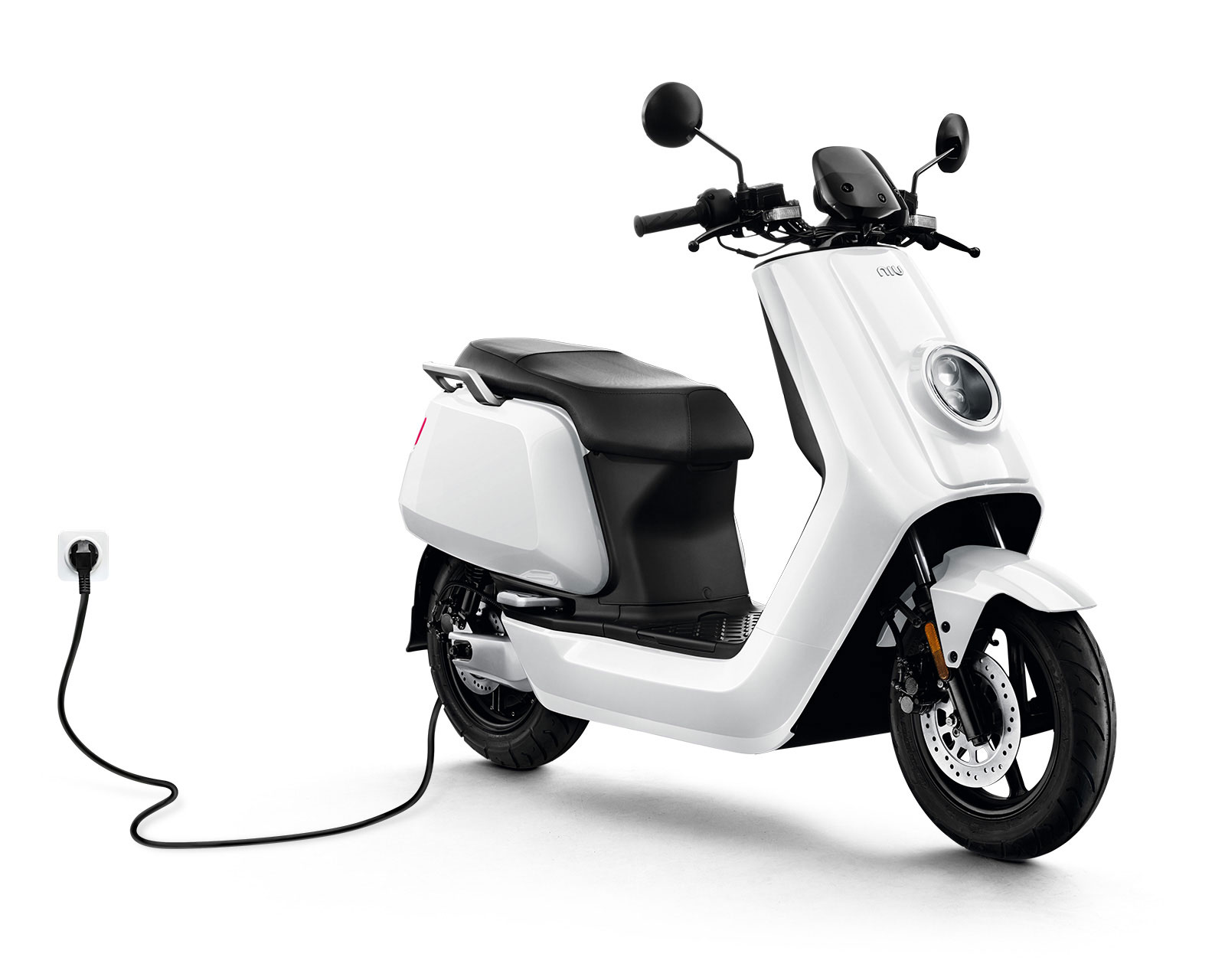The Challenges Faced and Tax Policies on EV as of 2023
Amidst the alarming rise of global warming, and widespread discussions about the limited oil resources available in the world right now, Electric vehicles (EVs) have been gaining popularity around the world due to their environmentally friendly nature and cost-effectiveness. Nepal is no exception to this global trend.
However, the electric vehicle market in Nepal is still in its infancy, growing only steadily over the past few years. But, there are several challenges that Nepal might face in the EV market. And in this blog, we discuss these challenges and EV-related policies in Nepal in 2023.
What does the EV market in Nepal look like today?
Nepal has been actively exploring and adopting sustainable technologies to reduce carbon emissions and promote environmental protection. Having huge dormant hydropower electricity possibilities, going electric in every way is the best possible way for the country to utilise its resources.
The demand for EVs in Nepal has been increasing in recent years, and many experts believe that the future of transportation in Nepal is electric.

On the roads of Nepal, the number of electric vehicles is still relatively small compared to gasoline-powered vehicles. Most electric vehicles in Nepal are imported, primarily from India and China, the two neighbouring tech giants of the landlocked country.
However, local companies are starting to enter the market and offer their own electric vehicles, such as the Yatri motorcycle and theeGO commercial electric vehicles. Many people are afraid of the range anxiety that comes with EVs and the usability of foreign-made EVs on the rough and tough roads of Nepal.
But, Nepali people are inherently late in technology adoption. So, having slow rates of adoption of EVs is not a new thing here. There is much more to do on the Nepali government’s plate to promote the adoption of EVs to combat sluggish development.
What are the Challenges of EVs in Nepal?
Whether it is EV’s expensiveness or people’s range anxiety, there are many challenges facing the adoption of electric vehicles (EVs) in Nepal.
- High Initial Cost
- Lack of Awareness
- Limited Charging Stations
- Extreme Temperatures
- Prevalent Power Outages
- Range Anxiety
High Initial Cost: EVs have a high initial cost compared to gasoline-powered vehicles which makes them less accessible to many consumers in Nepal. However, people tend to forget the fact that EVs are far more cost-effective in the long run.
Lack of Awareness: Nepali consumers are hesitant to spend money on new technology due to a lack of awareness and education.
Limited Charging Stations: The charging infrastructure needed for long-distance journeys for electric vehicles is still limited, with only a few public charging stations available in major cities like Kathmandu and Pokhara.
Extreme Temperatures: Some parts of Nepal face extreme temperatures, too much heat in the Terai and too much cold in the Himalayas. This may affect the performance of EV batteries created for normal temperatures.
Prevalent Power Outages: Load Shedding and power outages are still prevalent in Nepal and it may be a hindrance for EV users to recharge their vehicles on time.
Range Anxiety: Many budget EVs have a shorter range than gasoline-powered vehicles resulting in many people having range anxiety. But with proper planning, usage of the range of EVs can be managed properly.
Are there any EV Policies in Nepal?
To combat the challenges of EVs in Nepal, the Nepal government has been actively promoting the adoption of EVs in the country. In August 2021, the government announced its new electric vehicle policy to encourage the adoption of EVs.
With this policy, the government waived the customs duty, excise duty, and value-added tax (VAT) on the import of EVs, reduced the registration fee for EVs by 50%, and provided a 50% rebate on road tax for EVs for the first five years of ownership. This resulted in sales of EVs booming in Nepal, as they were now competitively priced as compared to their gasoline-powered counterparts.
But, through the budget of the Fiscal Year 2079/80 as presented by Finance Minister Janardan Sharma, amidst the ongoing economic crisis in the country, the government has increased both excise duty and customs duty.
Electric vehicles up to 100kW have to pay 10% customs duty, 15% customs duty has been levied on electric vehicles of 100 to 200 kilowatts, 40% on electric vehicles of 200 to 300 kilowatts, and a whopping 60% on EVs with a motor capacity of more than 300 kW.
Tax Policies on Electric Vehicles Vs Gasoline Powered Vehicles
Compared to its Gasoline Powered counterparts, Electric Vehicles taxes are still way smaller. This difference in tax may incite Nepali consumers to gradually shift to electric vehicles in the coming days.
Summary
For a country like Nepal, new technologies like electric vehicles are difficult thing to adopt. Therefore, despite the significant time of market entry, electric vehicles have not been embraced fully by the Nepal market. And Nepal’s ongoing EV tax policy fluctuations and lack of infrastructure make it much harder for EVs to fully blossom in Nepal.
If backed by good incentivized policies and solid hydropower, road, and electric infrastructure, we still see so much potential in the EV market of Nepal. That is why we hope for a brighter future for Electric Vehicles in Nepal.



 Connect with
Connect with 
